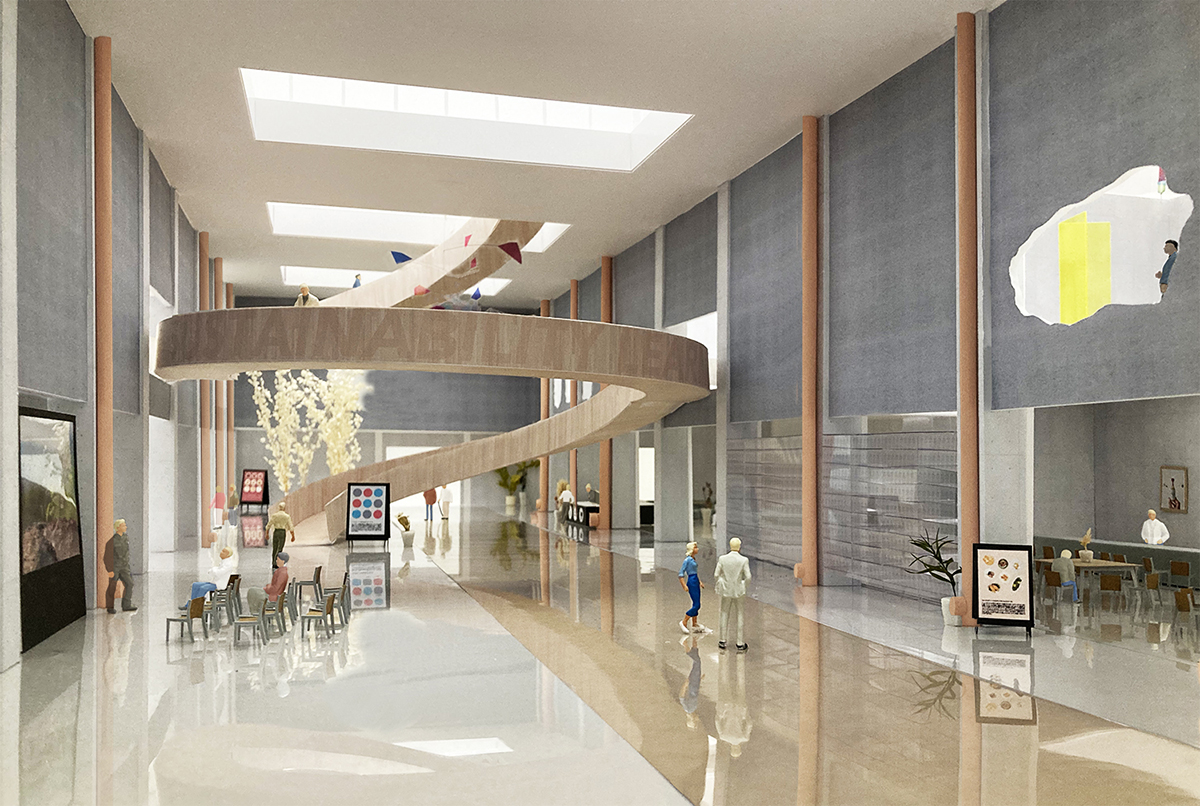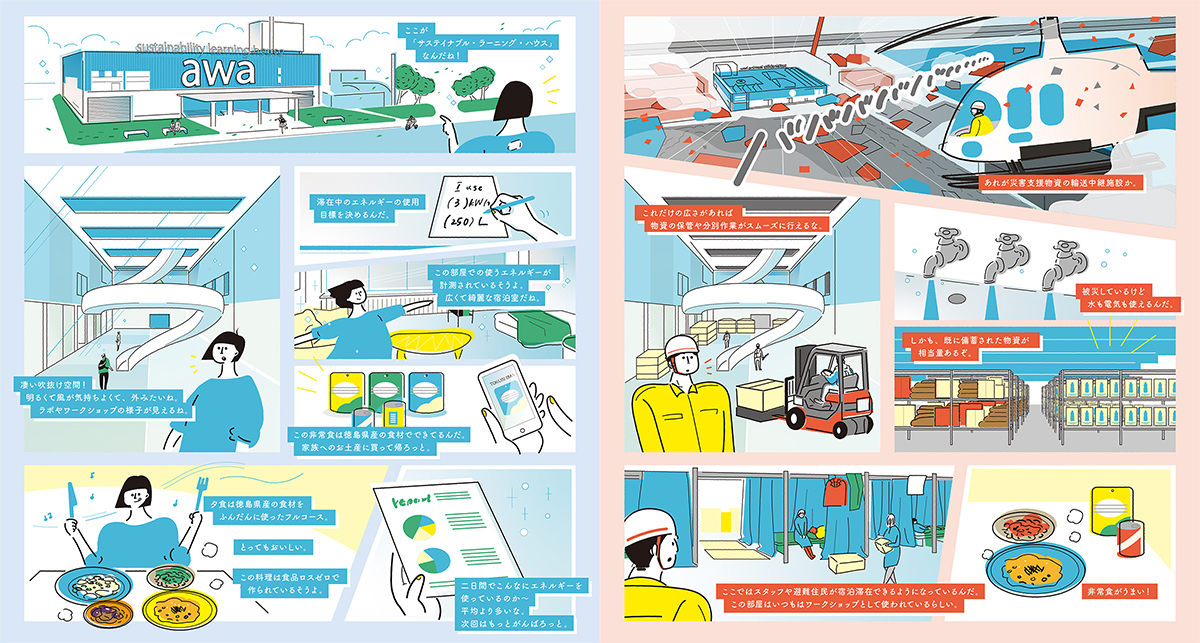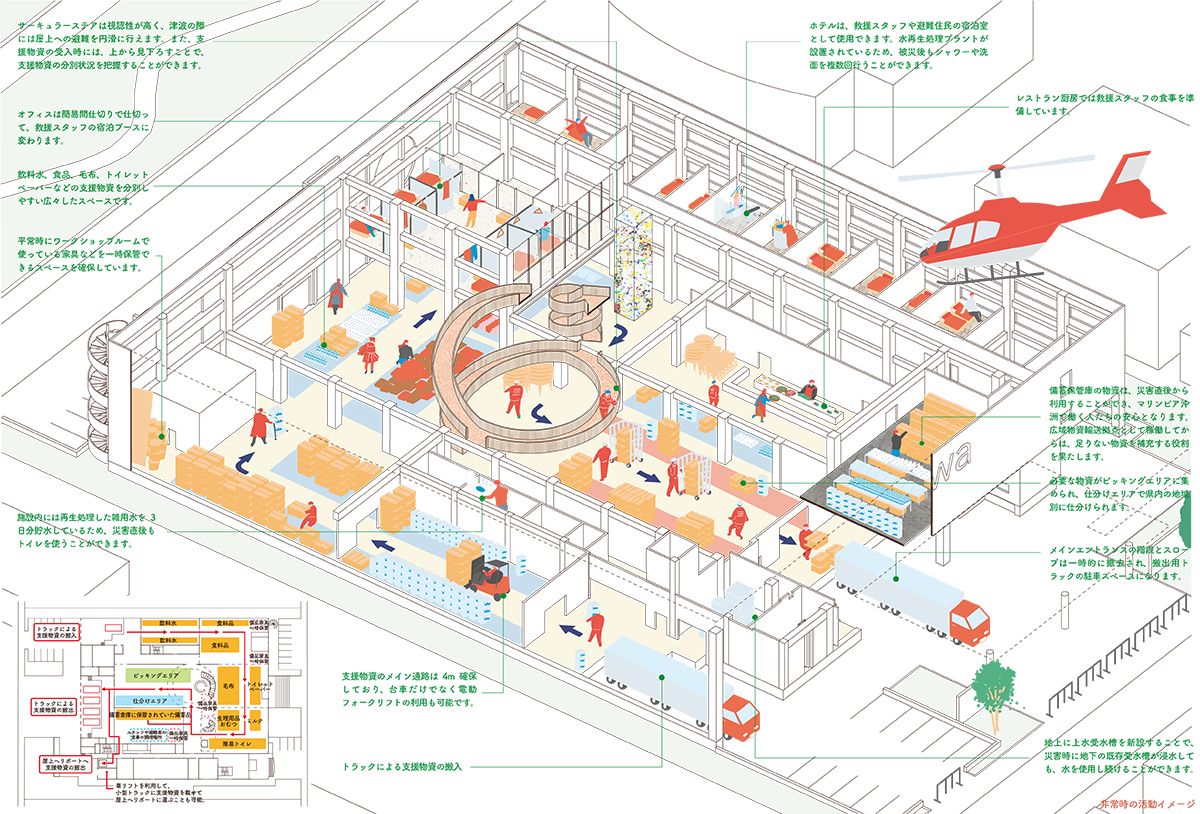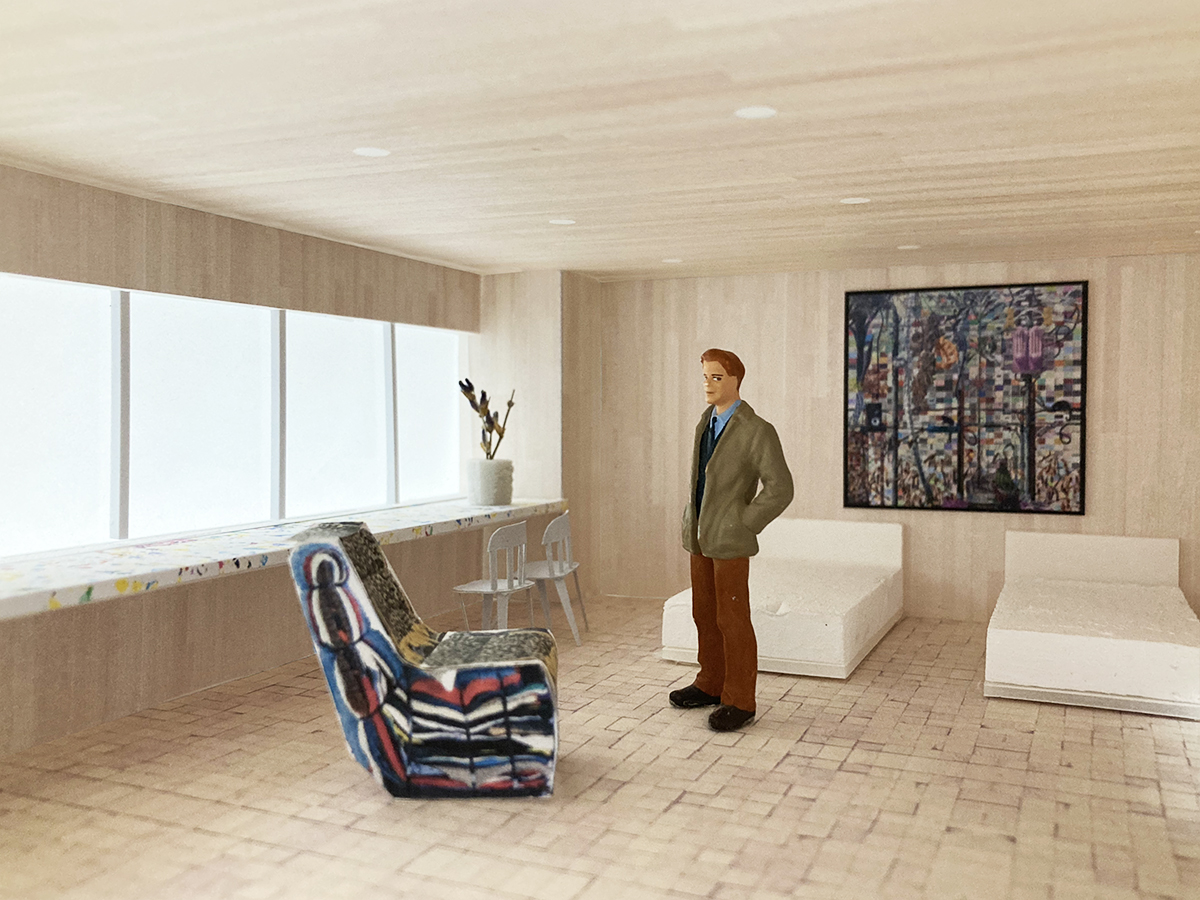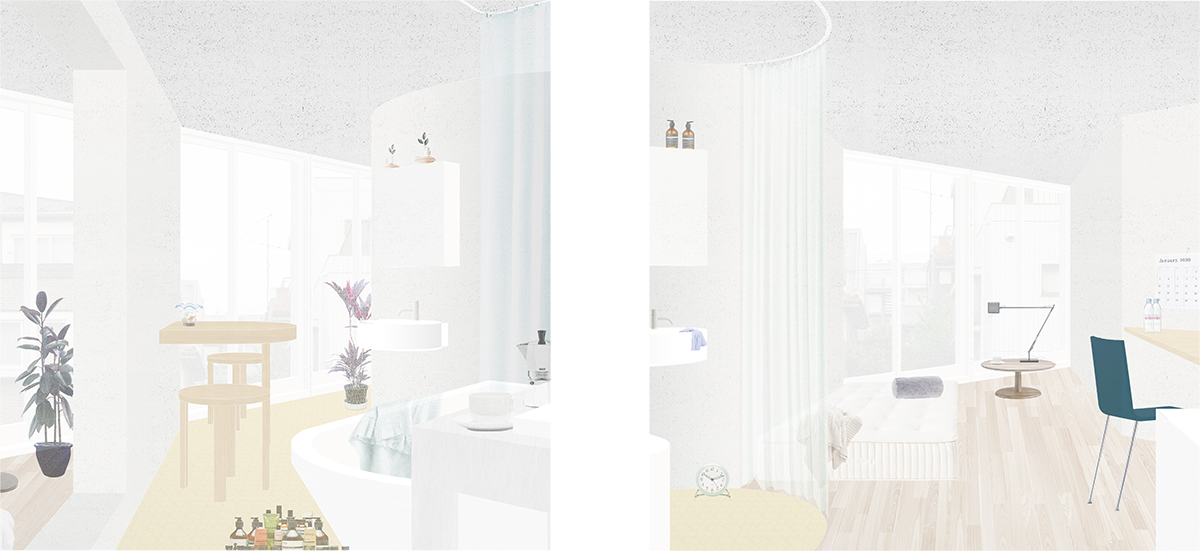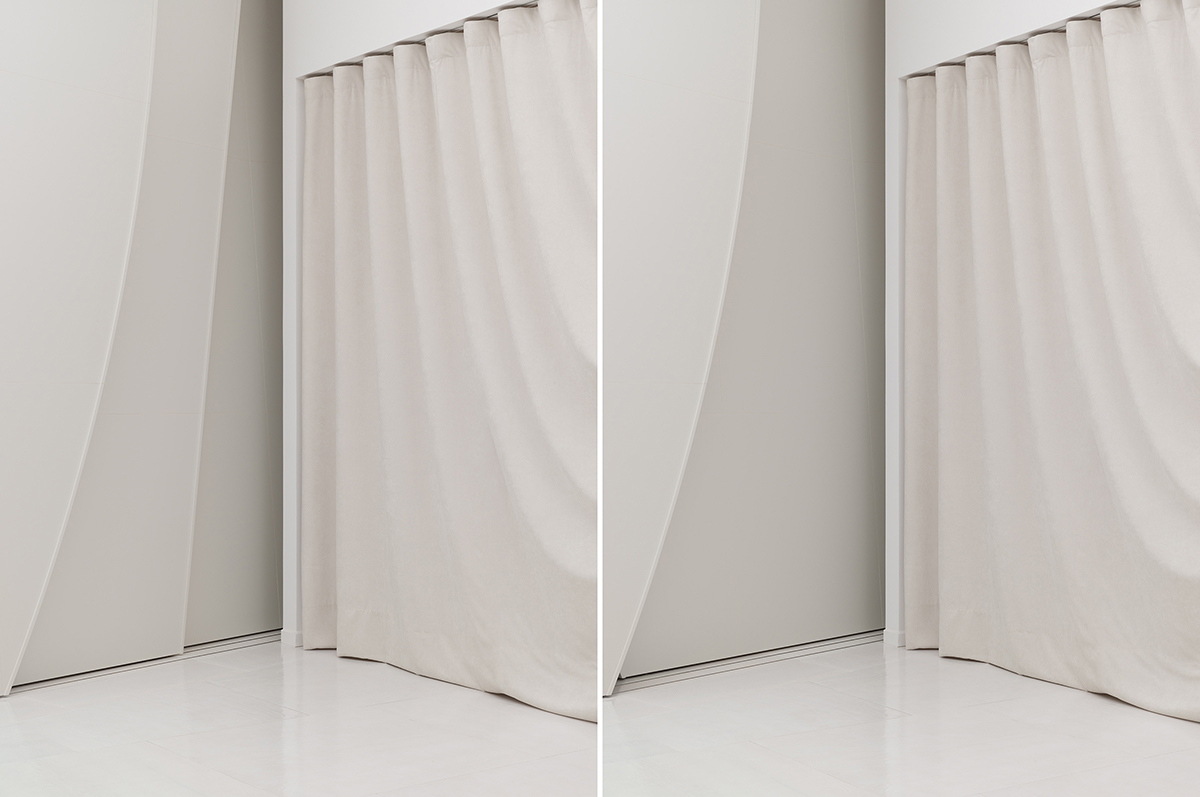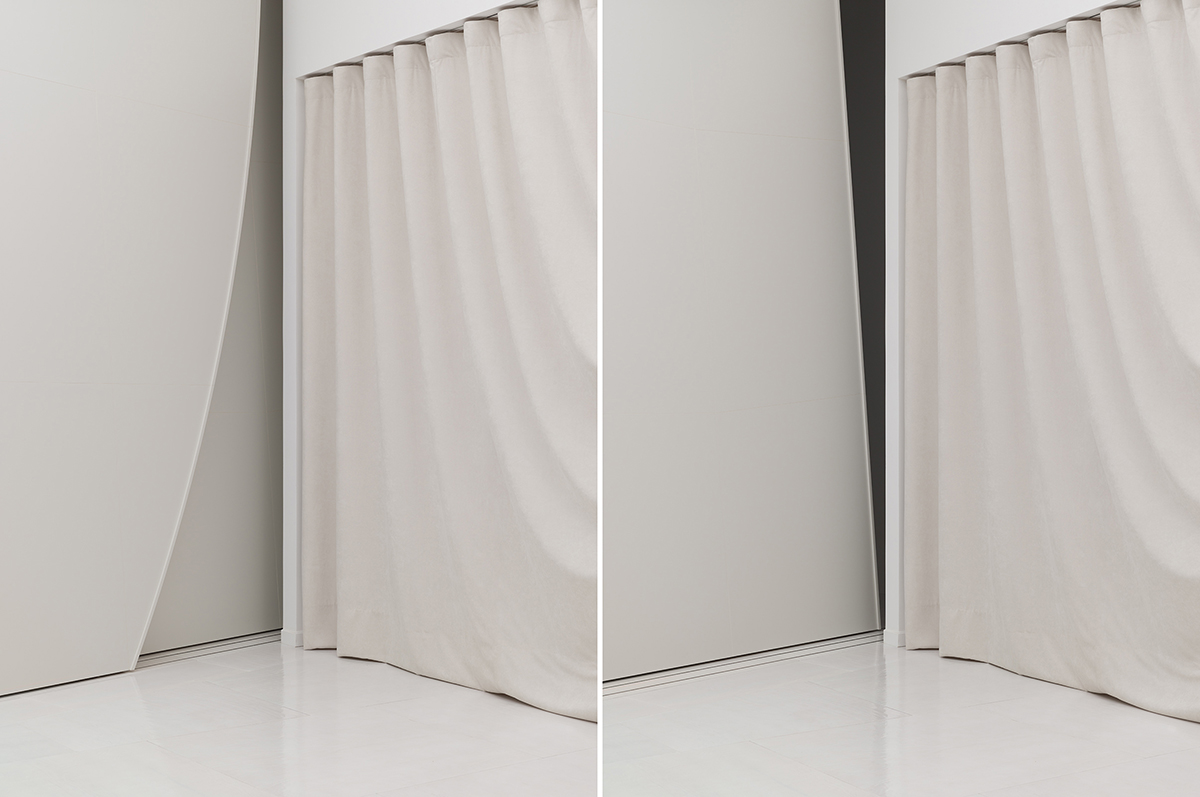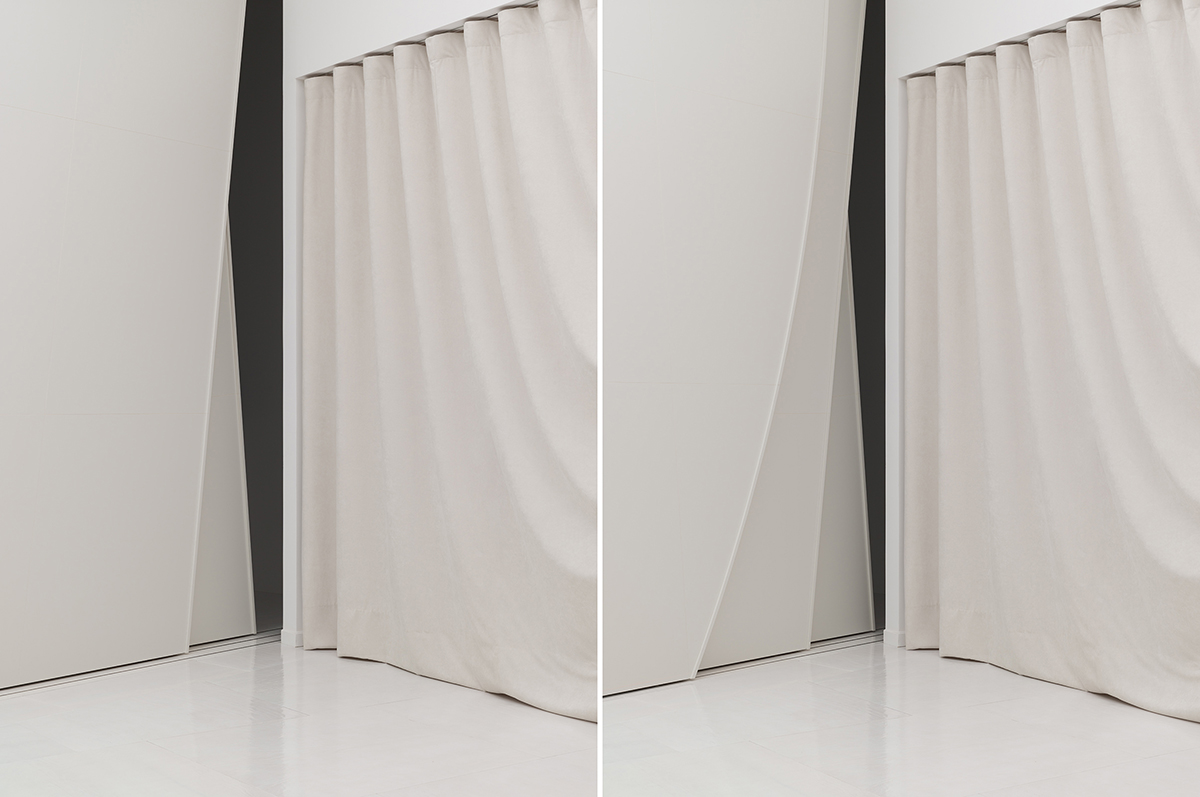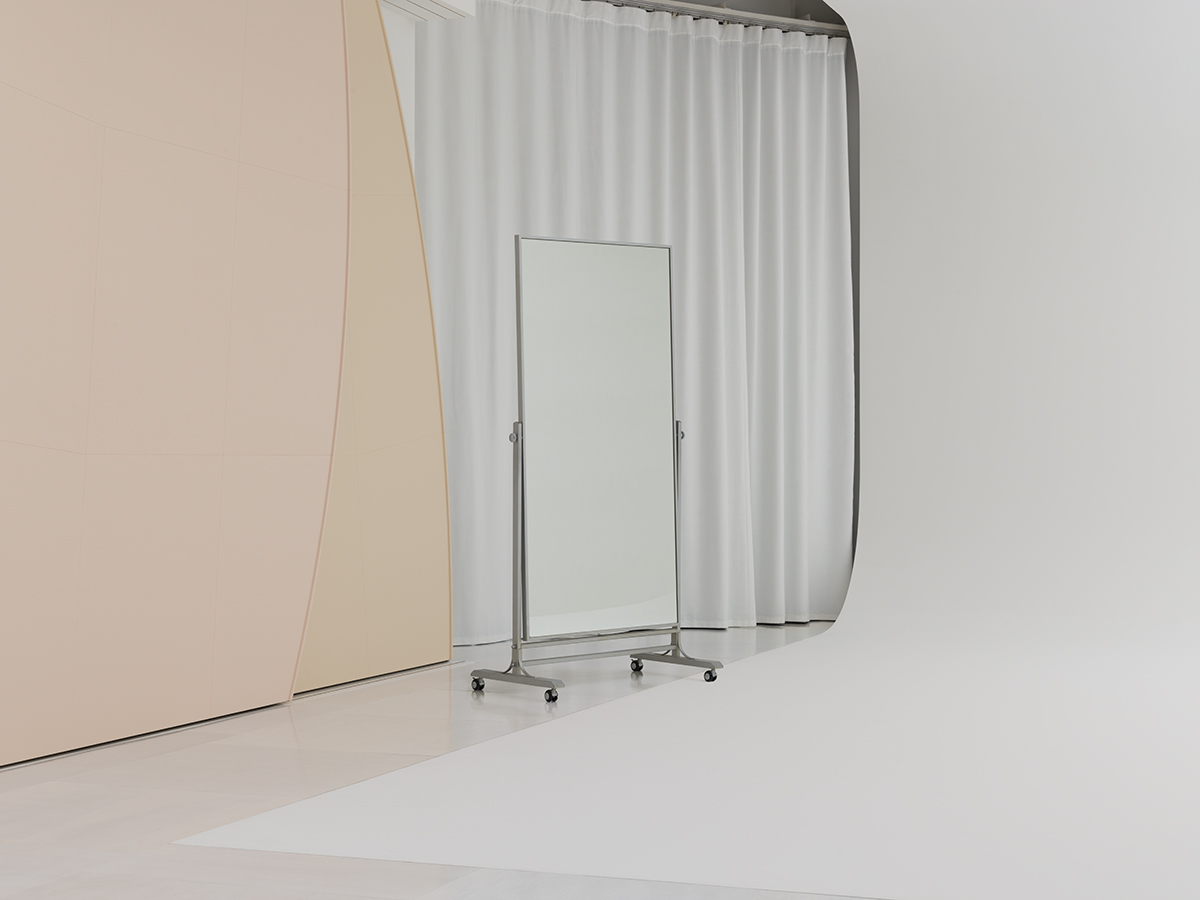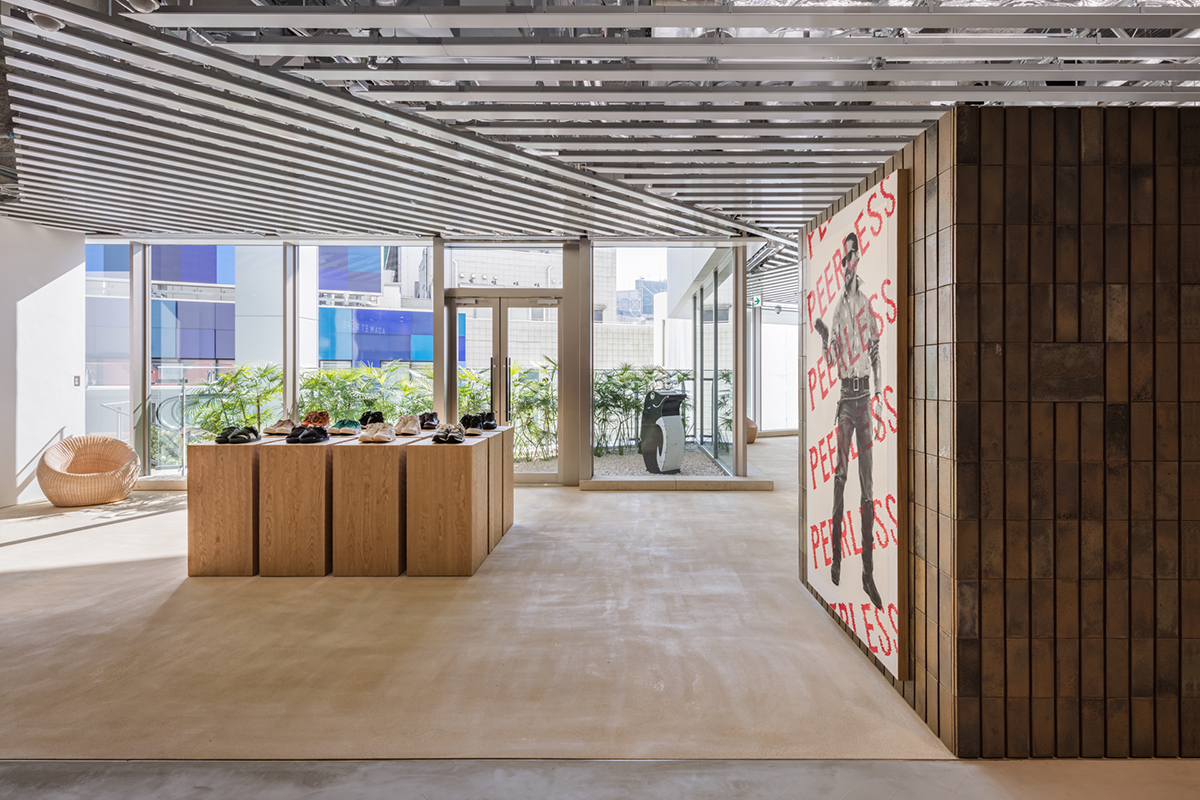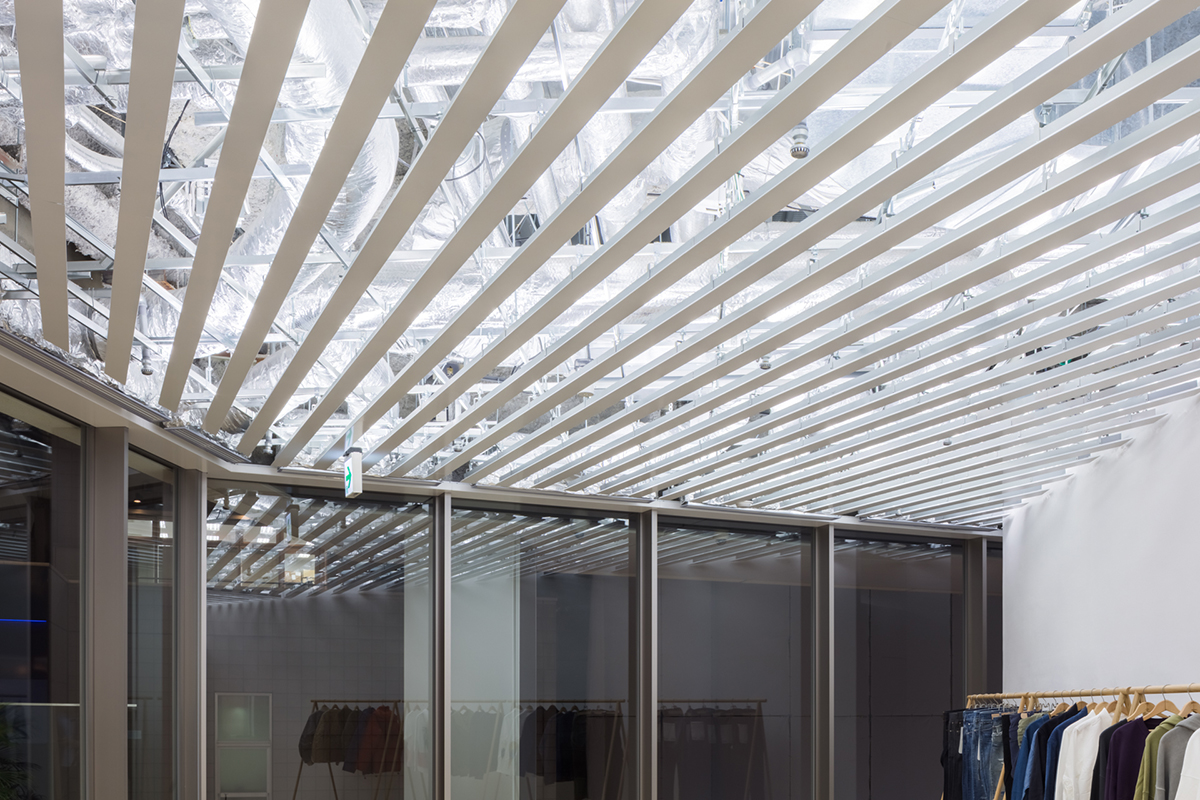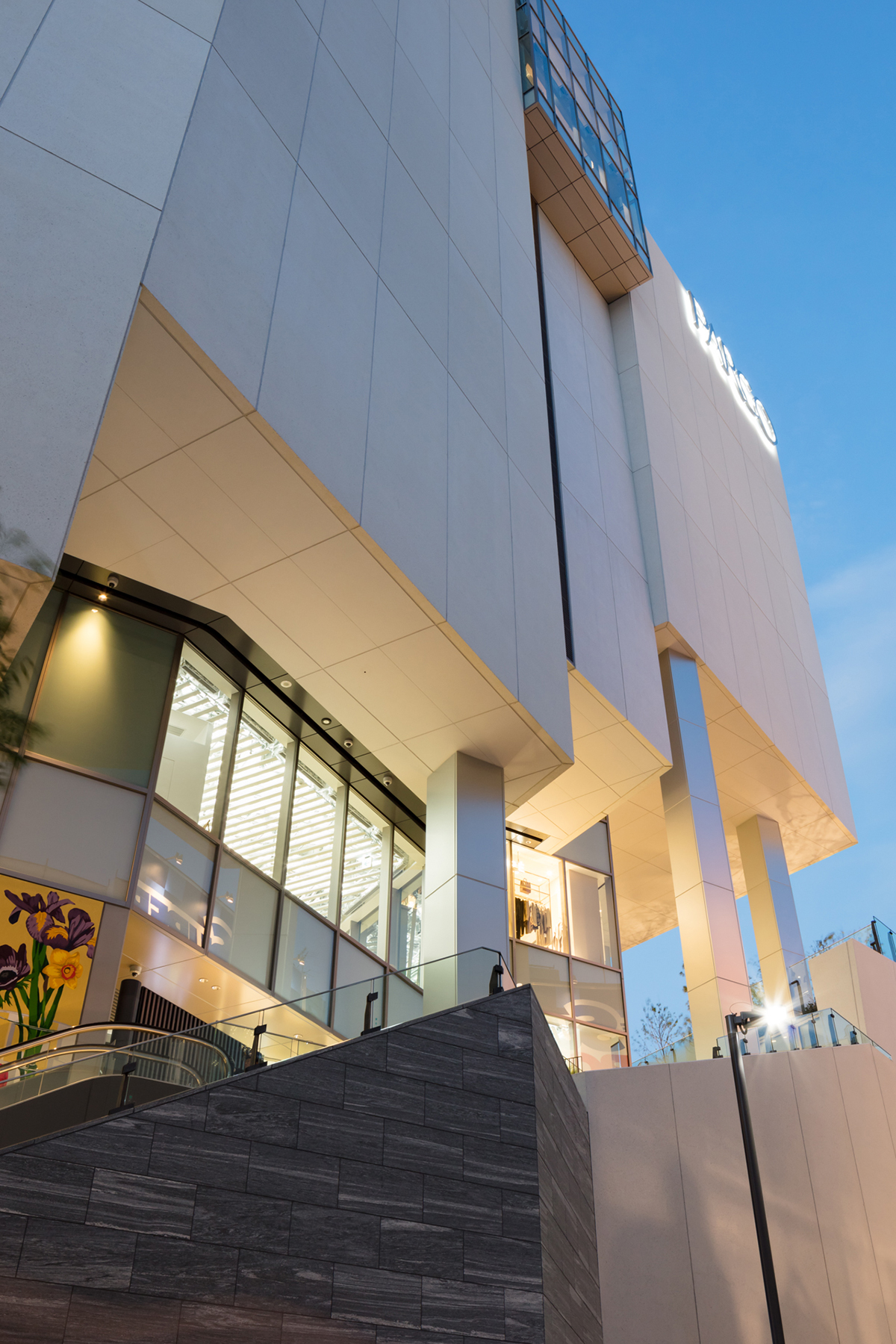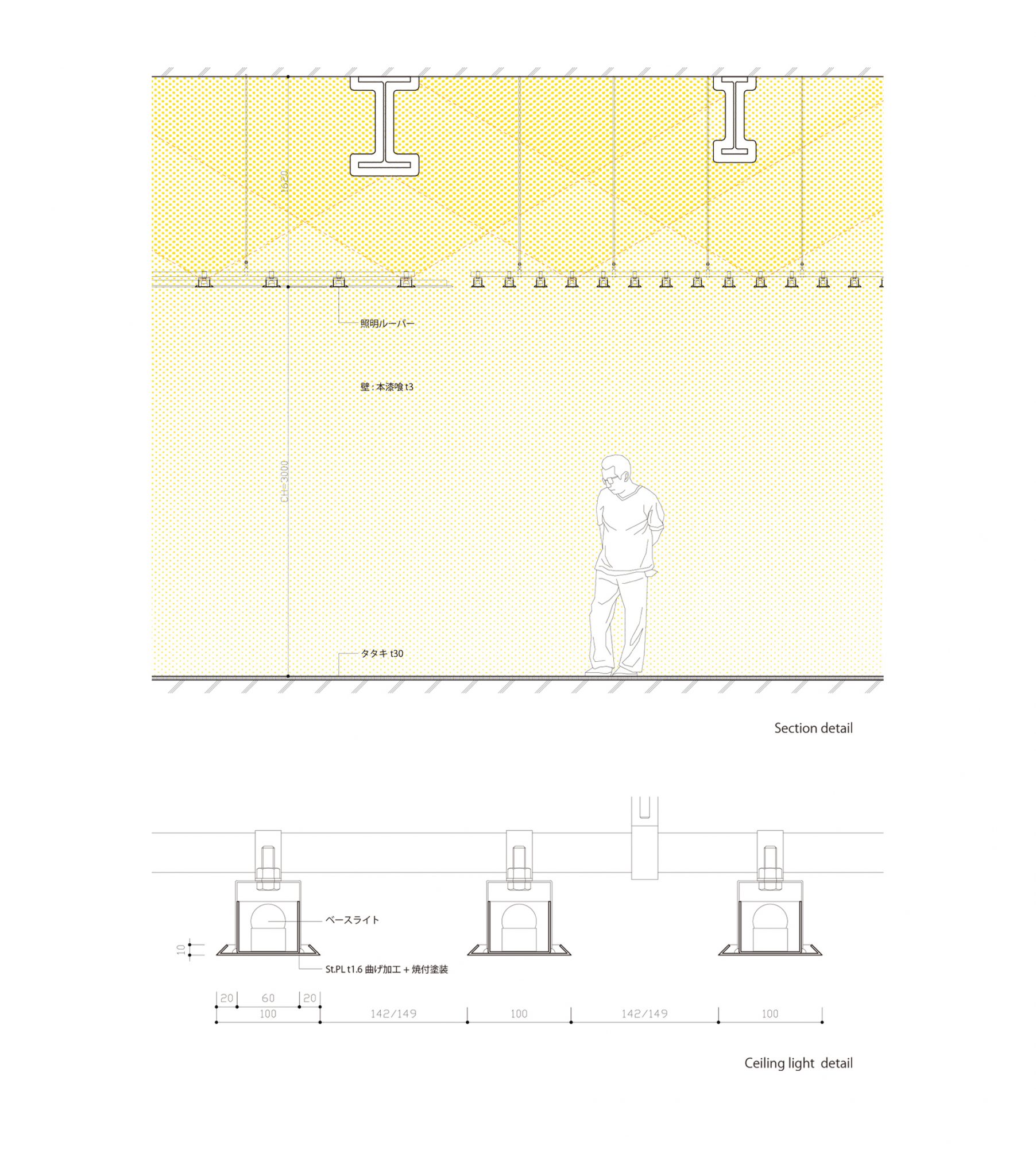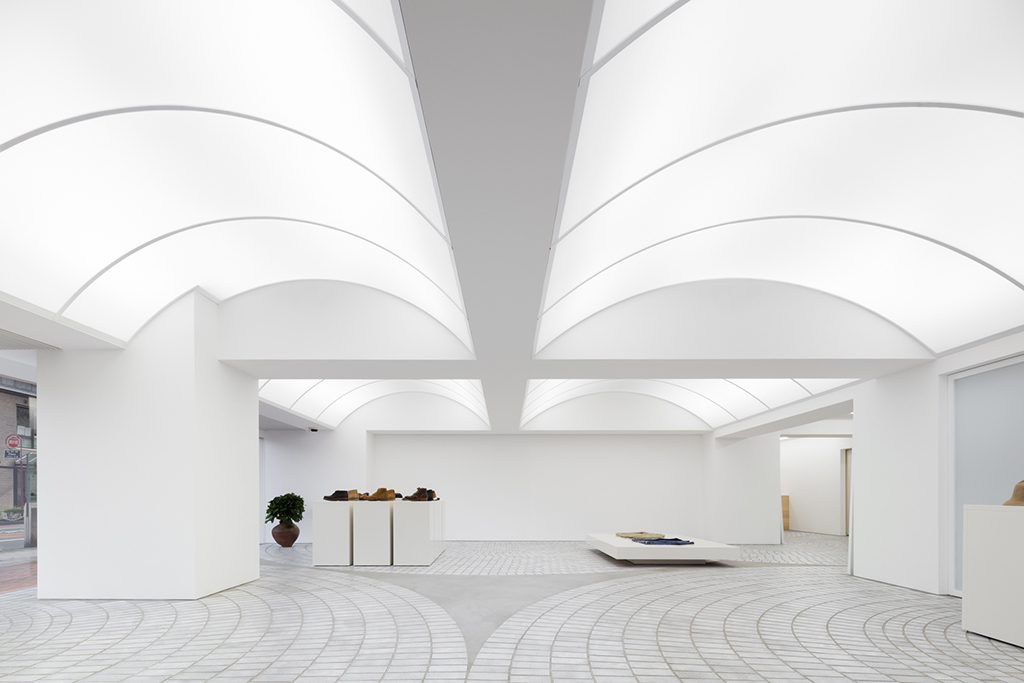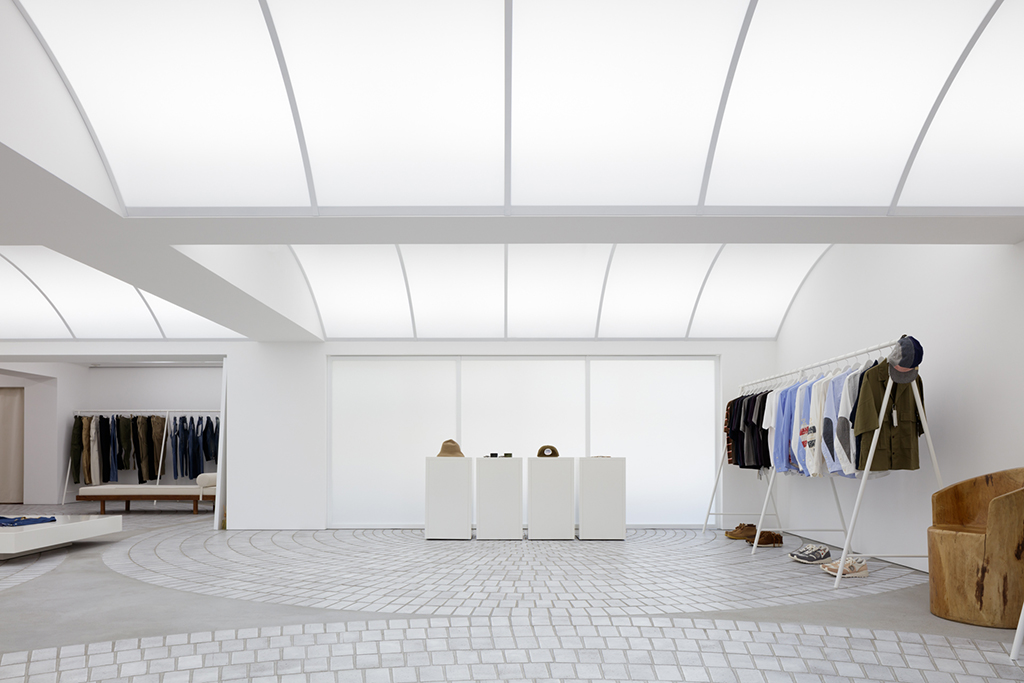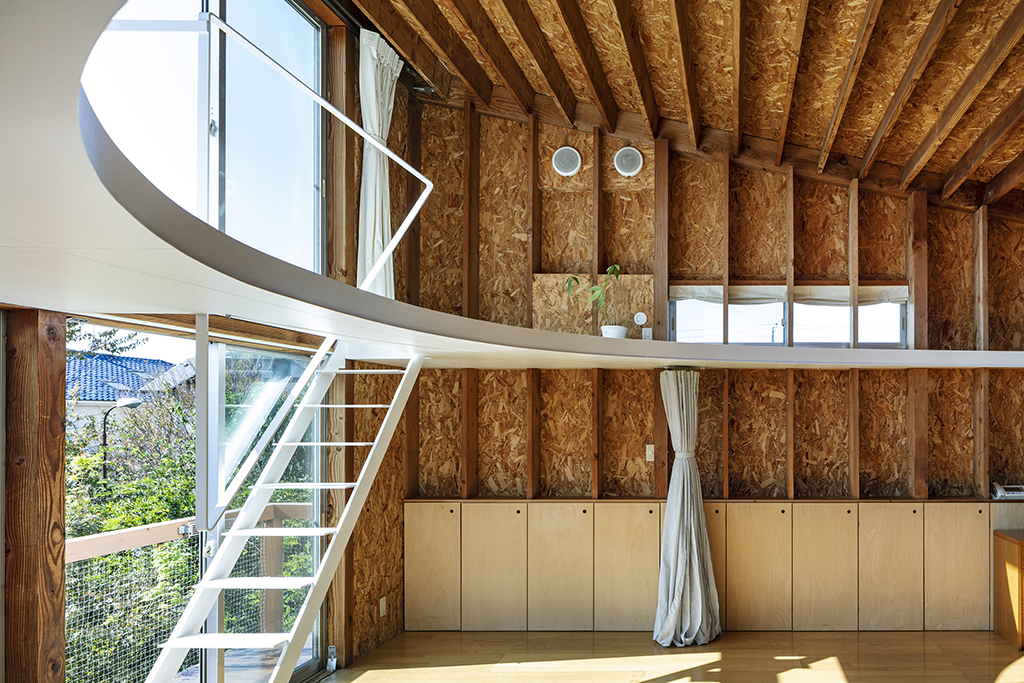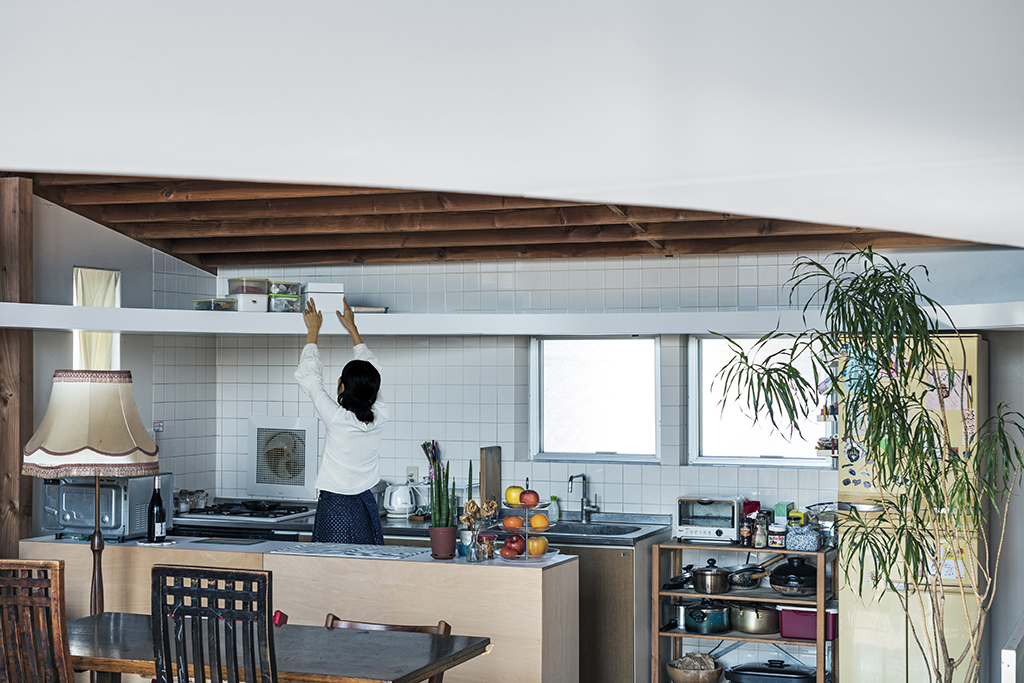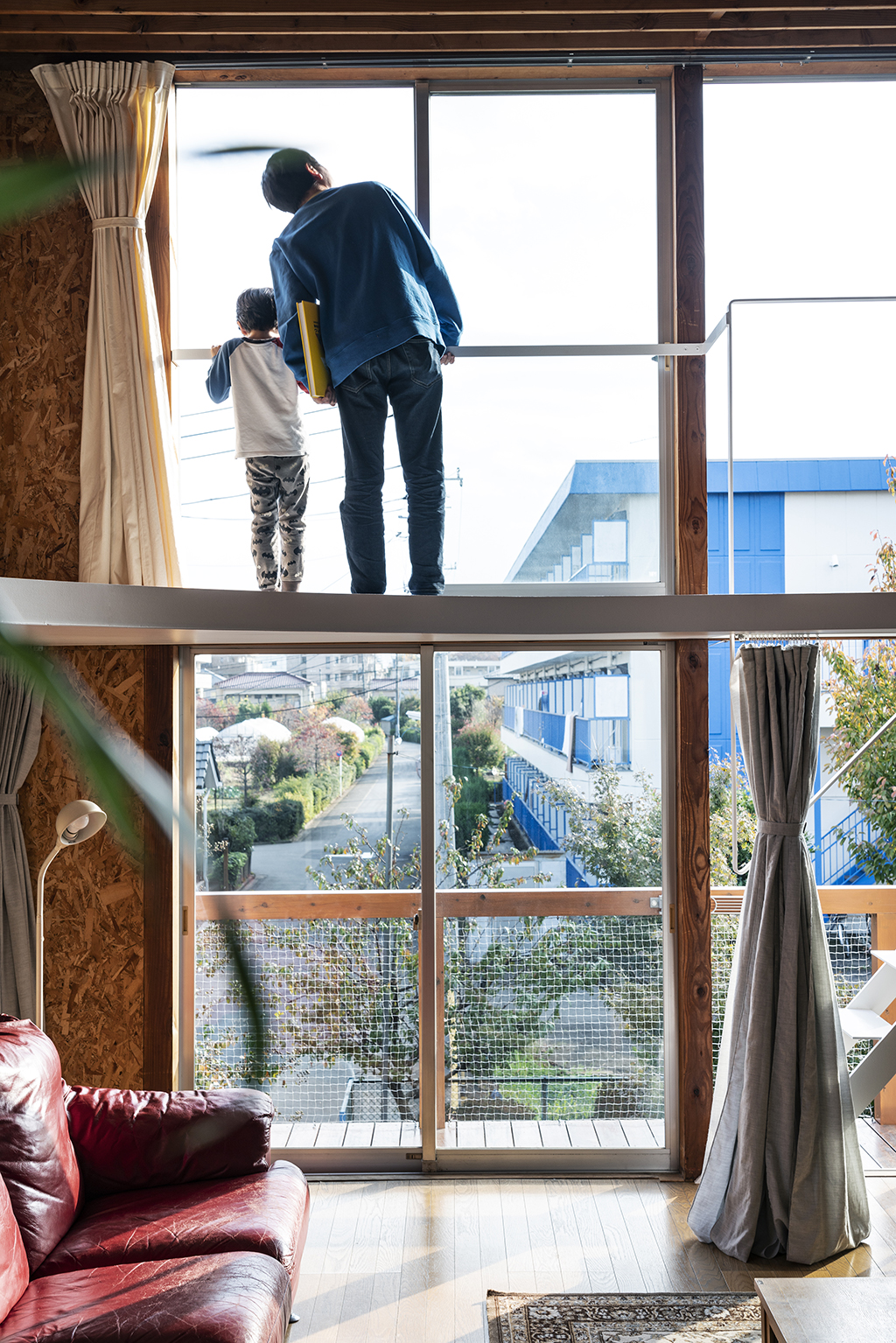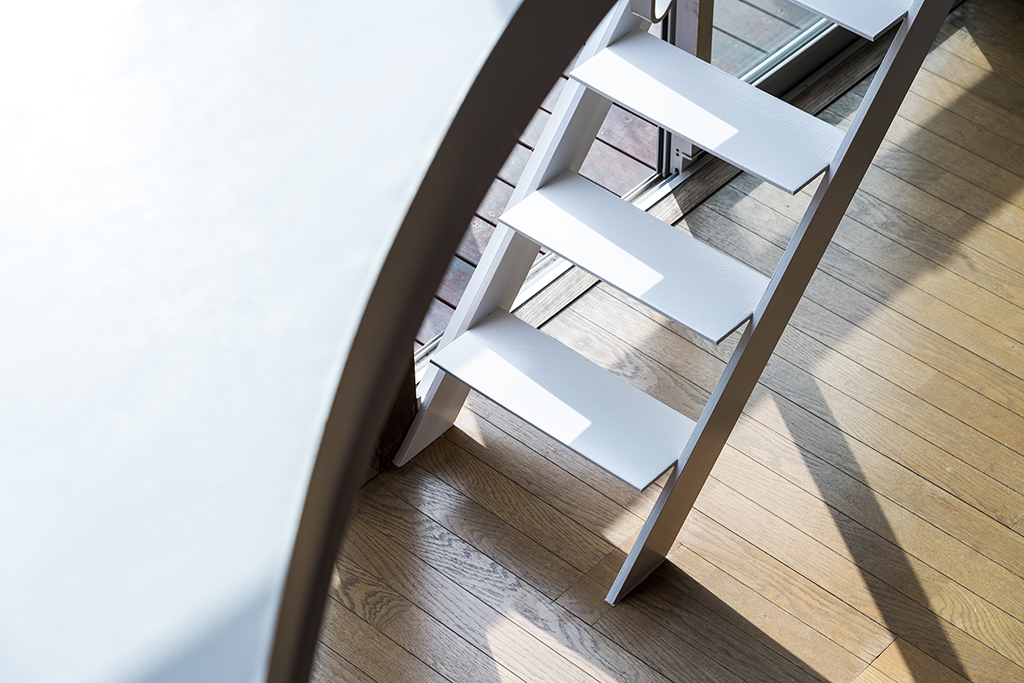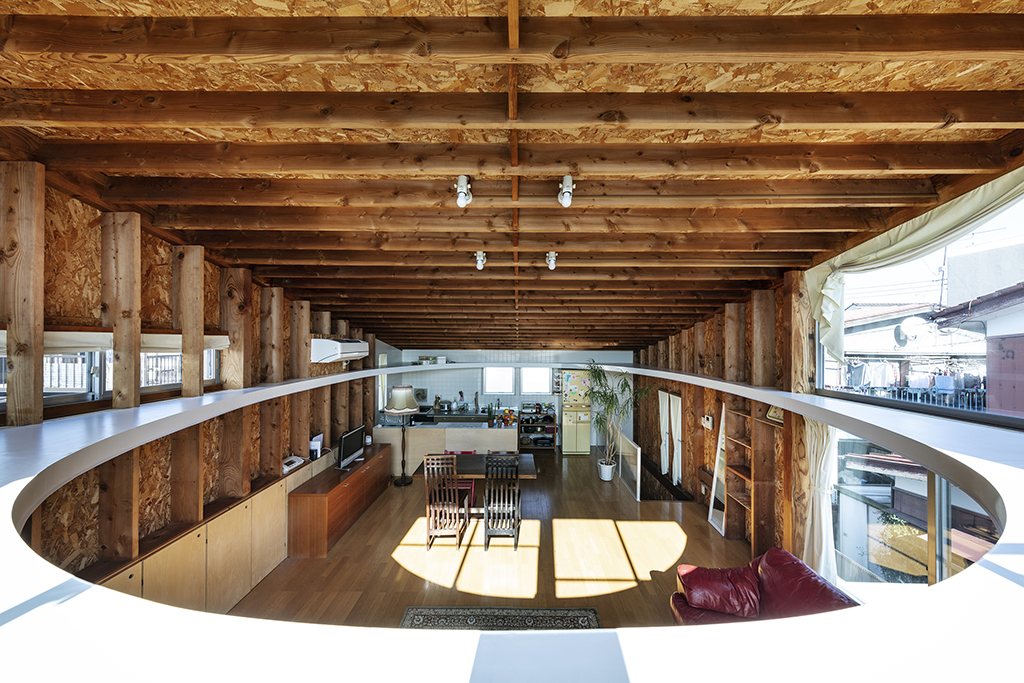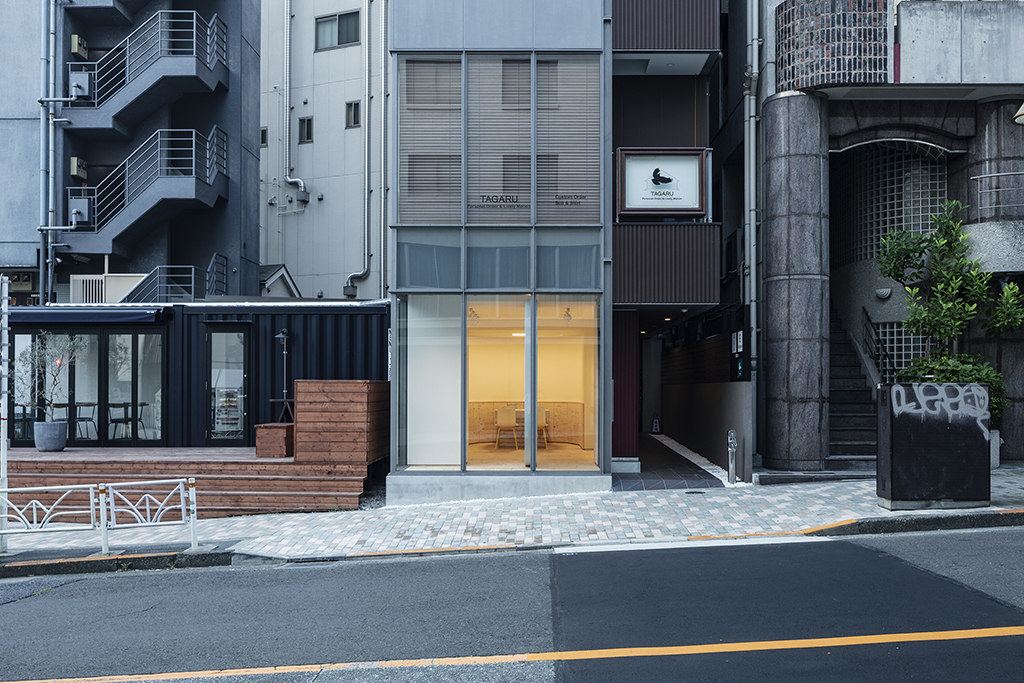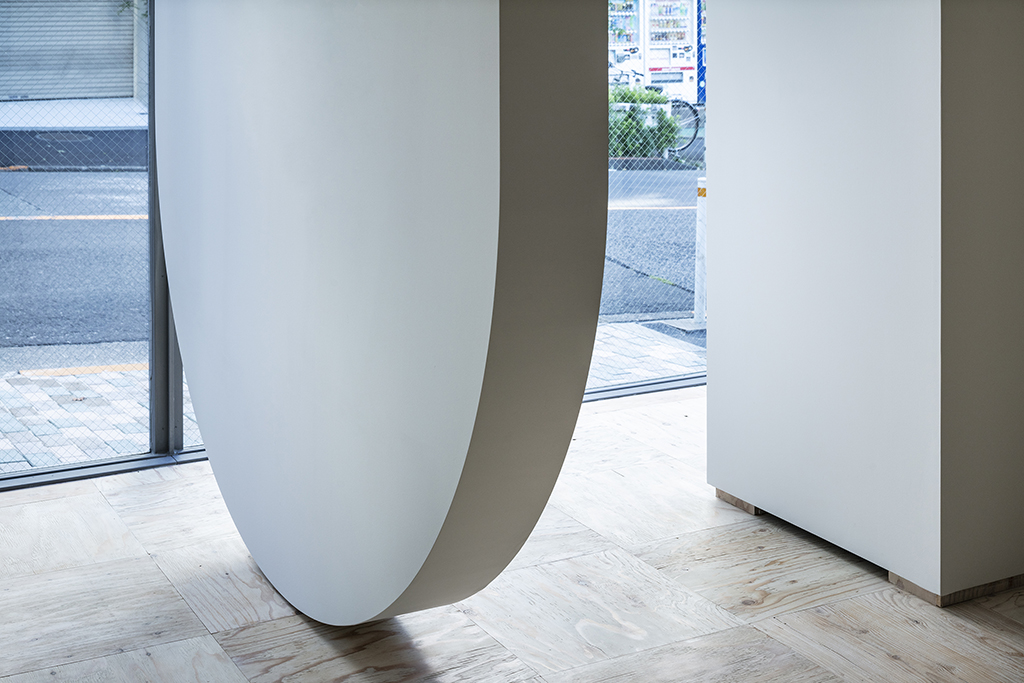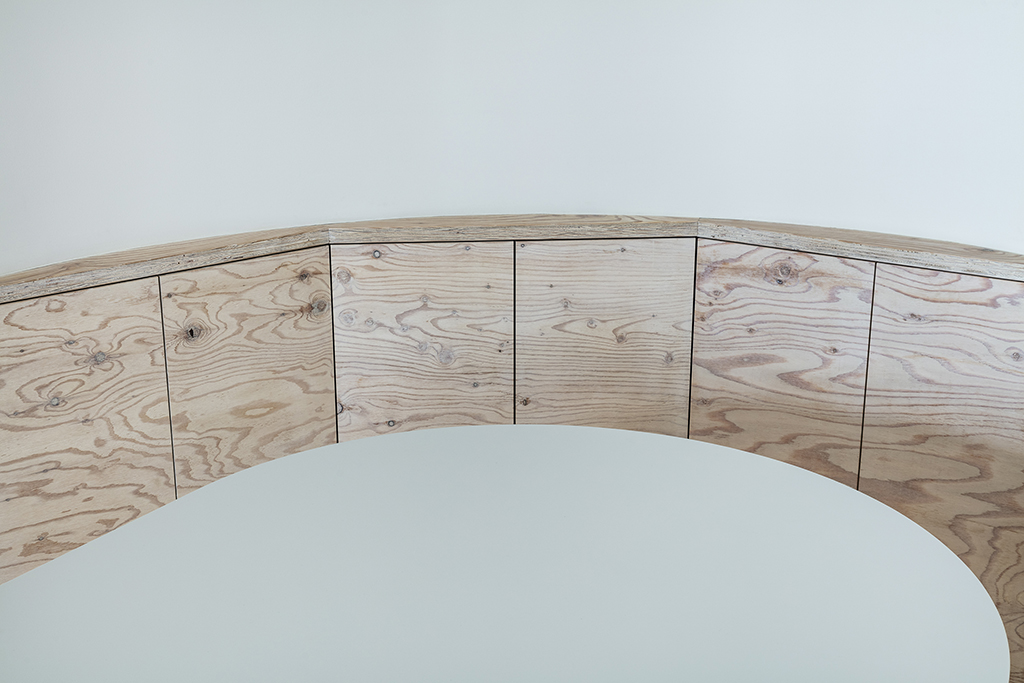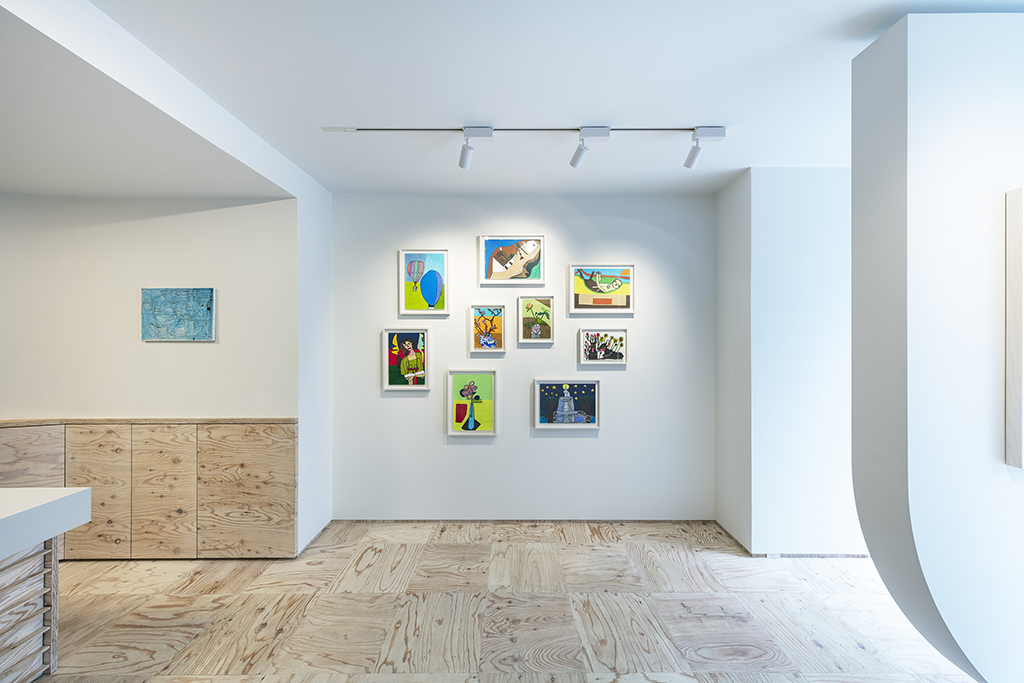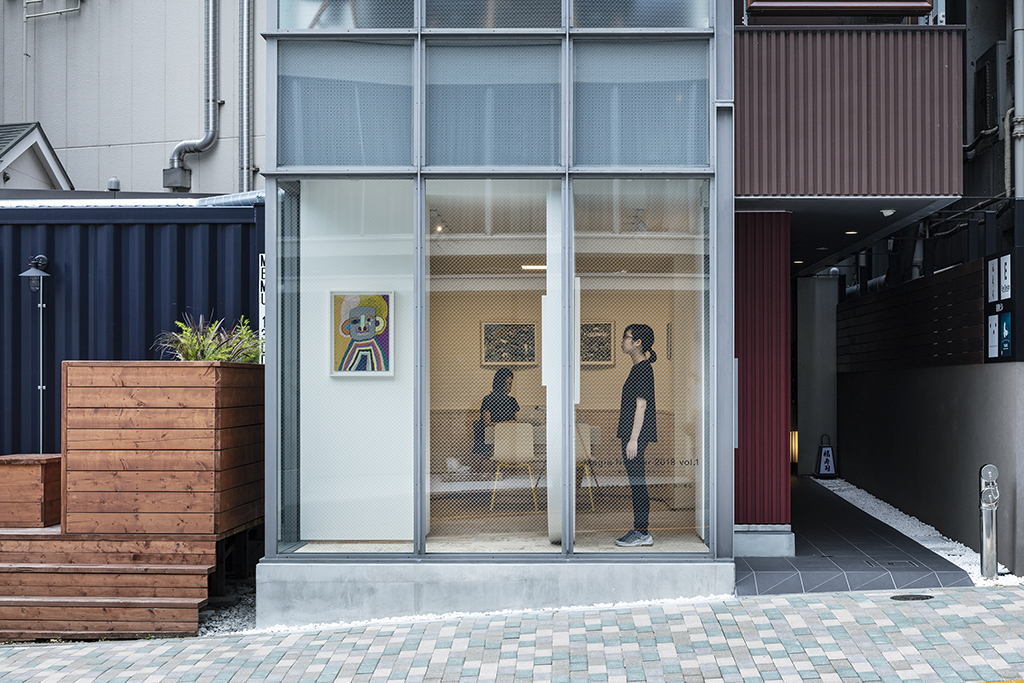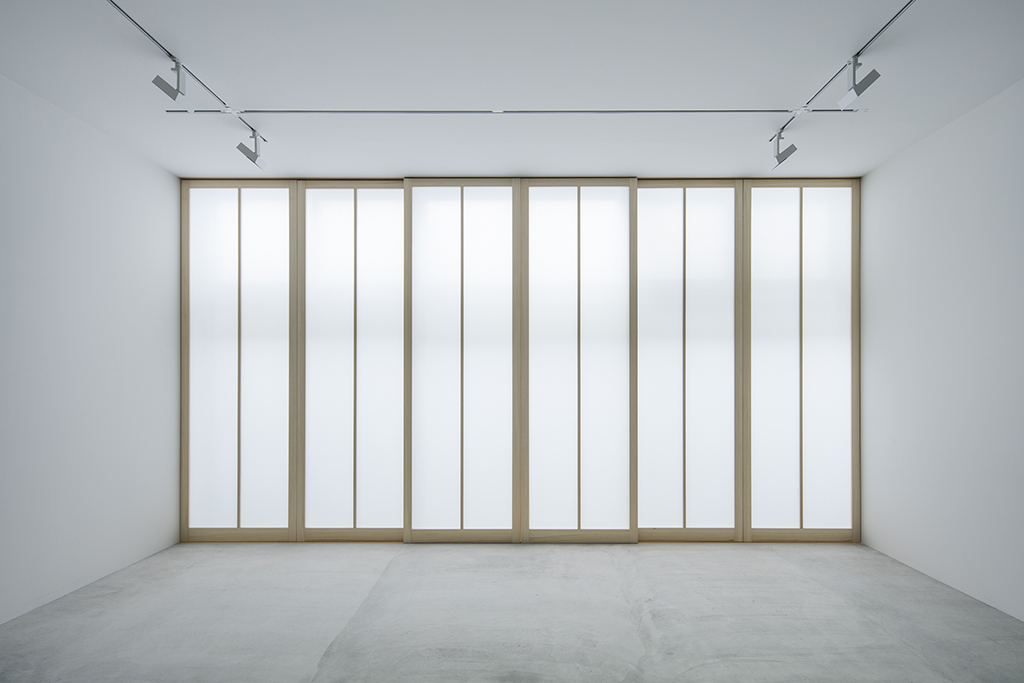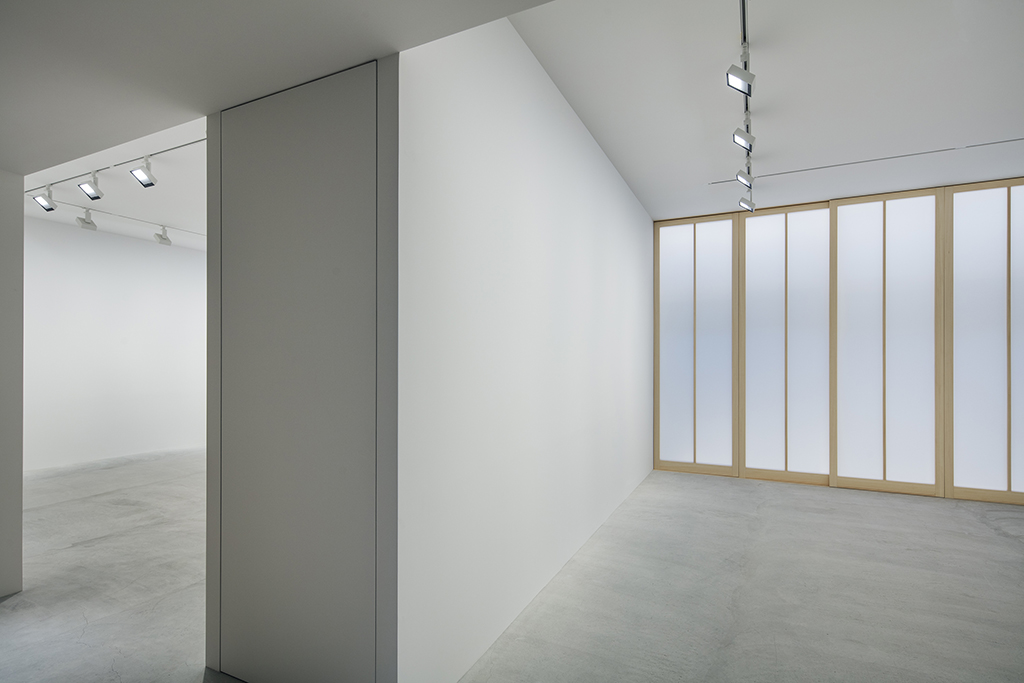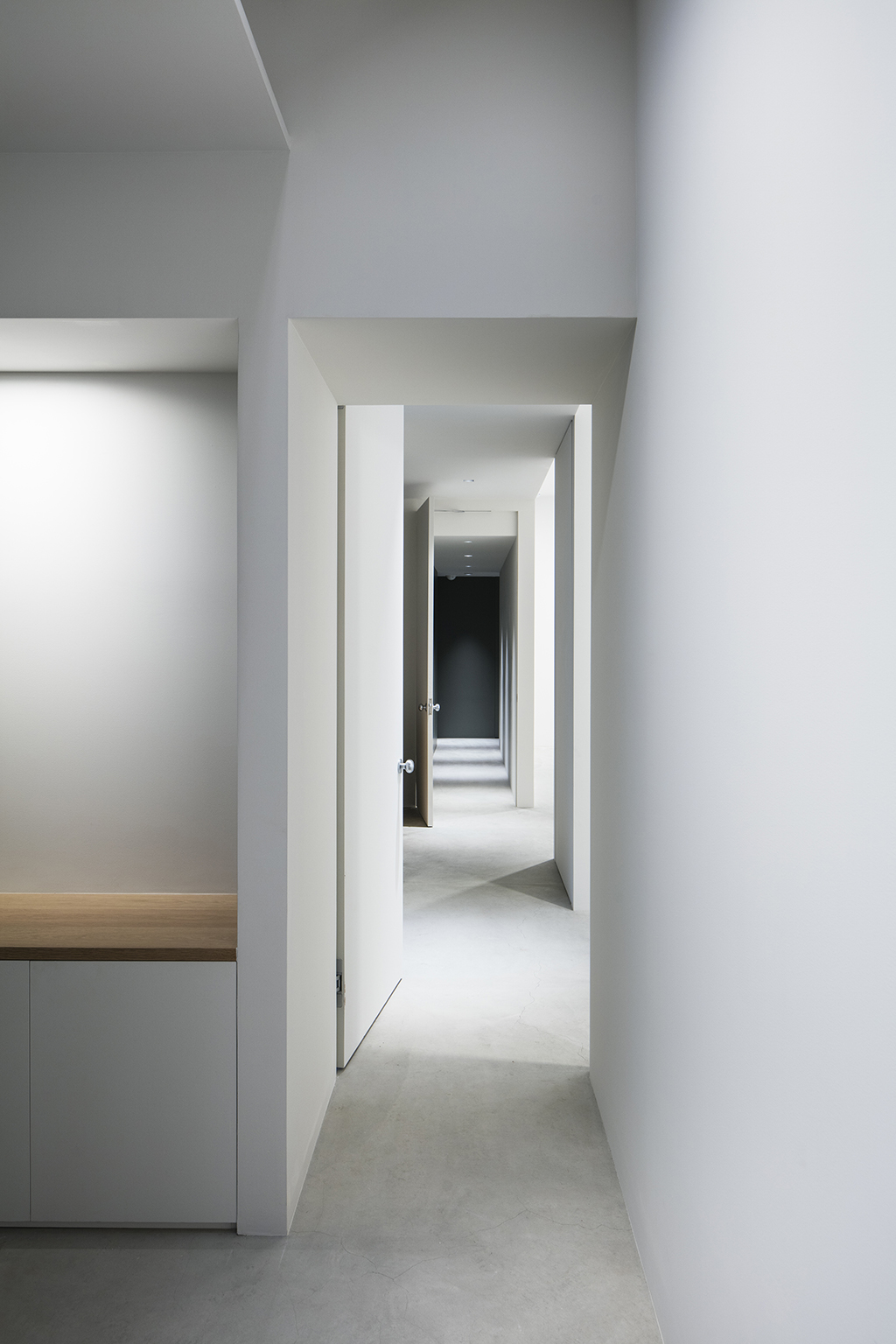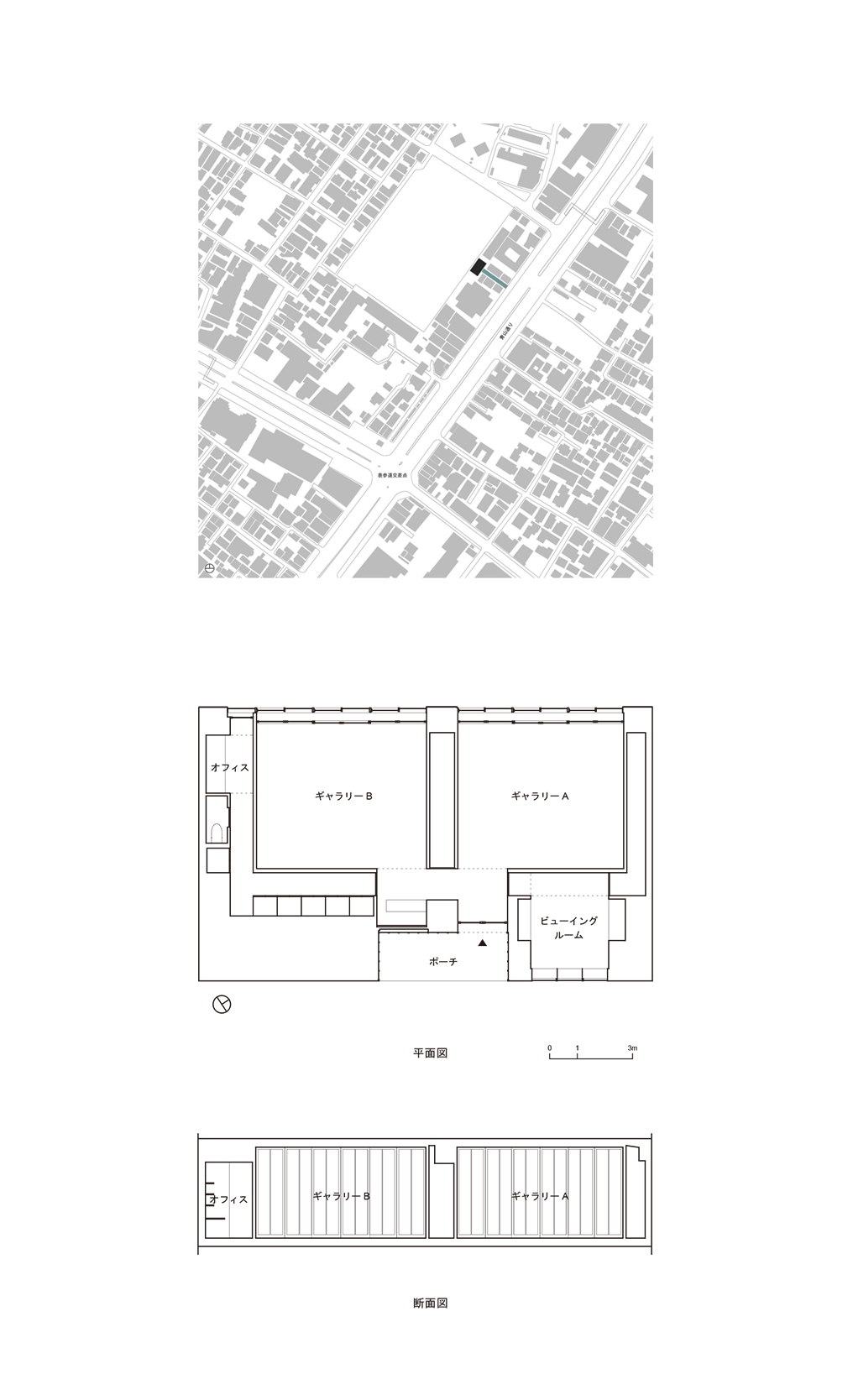サステイナブル・ラーニング・ハウスは、異常気象や大規模災害、コロナウイルスの発生など、地球の環境が大きく変動している現在において、地球に暮らす私たち一人一人が、SDGs 、CO2 削減、ゼロウェイストなどを意識した行動や生活を変える知恵を楽しく獲得できる場である。
ここでは、ゼロウェイスト、フードロスゼロ、リユース、パッシブデザインなど、先進的なサステイナブル活動を見学・体験することができる。言うならば、日本全国で徳島にしかない【サステイナブルの百貨店】。ここを訪れるのは、社会人の企業研修、学生の修学旅行・社会見学・部活動、発展途上国からの環境活動研修、個人の観光客などの明確な目的をもった人たちである。この施設を核として、徳島県がSDGsを推進するリーダーとなることを意図している。
平常時と非常時を分けないフェーズフリーという考え方でサステイナブル・ラーニング・ハウスは計画されている。平常時には楽しく学び、滞在することのできる施設は、非常時にはそのまま災害支援物資の受入れおよび配送拠点として機能し、さらに救護スタッフや避難住民の滞在施設としても利用できる計画としている。また、地球環境に極力負荷をかけない省エネの仕組みとしてパッシブデザインをふんだんに採用することで、水と電気の供給が絶たれてしまう非常時においても、オフグリッドで稼働し続ける施設となっている。
《Sustainability Learning House》 is a place where everyone living on Earth can have fun and gain wisdom on how to act and change our lives with an awareness of the SDGs, CO2 reduction, and zero-waste, in a time when our environment is undergoing major changes such as extreme weather, large-scale disasters, and coronavirus outbreaks. With this unique facility – in a word, “only sustainability learning center in Japan” – Tokushima Prefecture could become a leader in promoting the SDGs.
Here, you can observe and experience advanced sustainable activities such as zero-waste, zero food loss, reuse, and passive design. The visitors here are people with a clear purpose, such as people joining corporate training, school trips, social tours, club activities for students, training for environmental activities from developing countries, and also individual tourists.
《Sustainability Learning House》 is planned based on the concept of phase-free, which does not distinguish between normal and emergency situations. During normal times, the facility is designed to be a place where people can enjoy learning and staying, but during emergencies, it can function as a base for receiving and delivering disaster relief supplies, as well as a place where rescue staff and evacuees can stay. In addition, the facility will continue to operate off-grid even in emergencies when the supply of water and electricity is cut off, thanks to the extensive use of passive design as an energy-saving mechanism that places as little burden on the global environment as possible.








